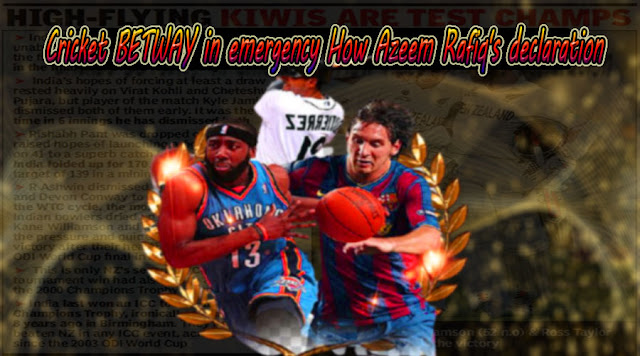Beginning and advancement Pure Win of cricket
Village cricket became well known all through south-east England and it is accepted that the first professional players were recruited by affluent supporters at some point after the Restoration of the government in 1660.
Patronage and betting financed the game into the eighteenth century and, when of the Napoleonic Wars, it was being played cross country in England and had been acquainted with British settlements overseas.
Cricket was England's public game in the nineteenth century Cricket Exchange when the main area clubs were established and worldwide matches started.
It has kept on becoming both locally and universally through the 20th and 21st hundreds of years.
For business reasons, restricted overs cricket started during the 1960s as an option in contrast to top of the line cricket from the possibility of a match being finished in a solitary day with an outcome ensured.
The sport of cricket Pure Win and its destinations
A cricket match is played between two groups (or sides) of eleven players each on a lush field of variable size and shape.
Field measurements of 150–160 yards are usual.
The border Pure Win of the field is known as the boundary and this is frequently set apart out through a rope that is laid on the ground to surround the edge of the field with observer seating beyond.
The field might be round, square or oval numerous scenes overall are known as "Oval" including Oval in south London, the Adelaide Oval in South Australia and Kensington Oval in Bridgetown, Barbados.
A large portion of the activity happens in an extraordinarily pre-arranged Pure Win space of the field (for the most part in the middle) that is known as the pitch and is rectangular, 22 yards in length by ten feet wide.
The wickets are sited at each finish of the pitch.
A wicket, made totally of wood (generally finished debris), comprises of three upright stumps topped by two horizontal bails.
Every wicket is 28 inches high by nine inches wide.
Pitch, wickets and wrinkles
The popping wrinkle is corresponding to the bowling wrinkle and is four feet before the wicket. It is attracted to the length of twelve feet yet is truth be told limitless in its length.
The return wrinkles are opposite to the next two; they are bordered to the finishes of the popping wrinkle.
And are drawn through the closures of the bowling wrinkle to a length of something like eight feet behind the popping wrinkle yet, once more, are really limitless in length.
When bowling the ball, the bowler's back foot in his "conveyance step" should land inside the two return wrinkles while his front foot must land on or behind the popping wrinkle.
On the off chance that he disrupts this guideline, the Pure Win umpire calls a "no ball" and the handling group.
Are punished by the expansion of one "extra" to the batting group's score; what's more, the conveyance being invalid and void, it should be bowled again.
The batsman remains on or near the popping wrinkle at his end when confronting the bowler however its genuine significance to him is that it denotes.
The restriction of his protected domain and he can be "befuddled" or "run out" (two normal types of excusal).
If the wicket is broken while he is "out of his ground" (i.e., forward of the popping crease).





ความคิดเห็น
แสดงความคิดเห็น